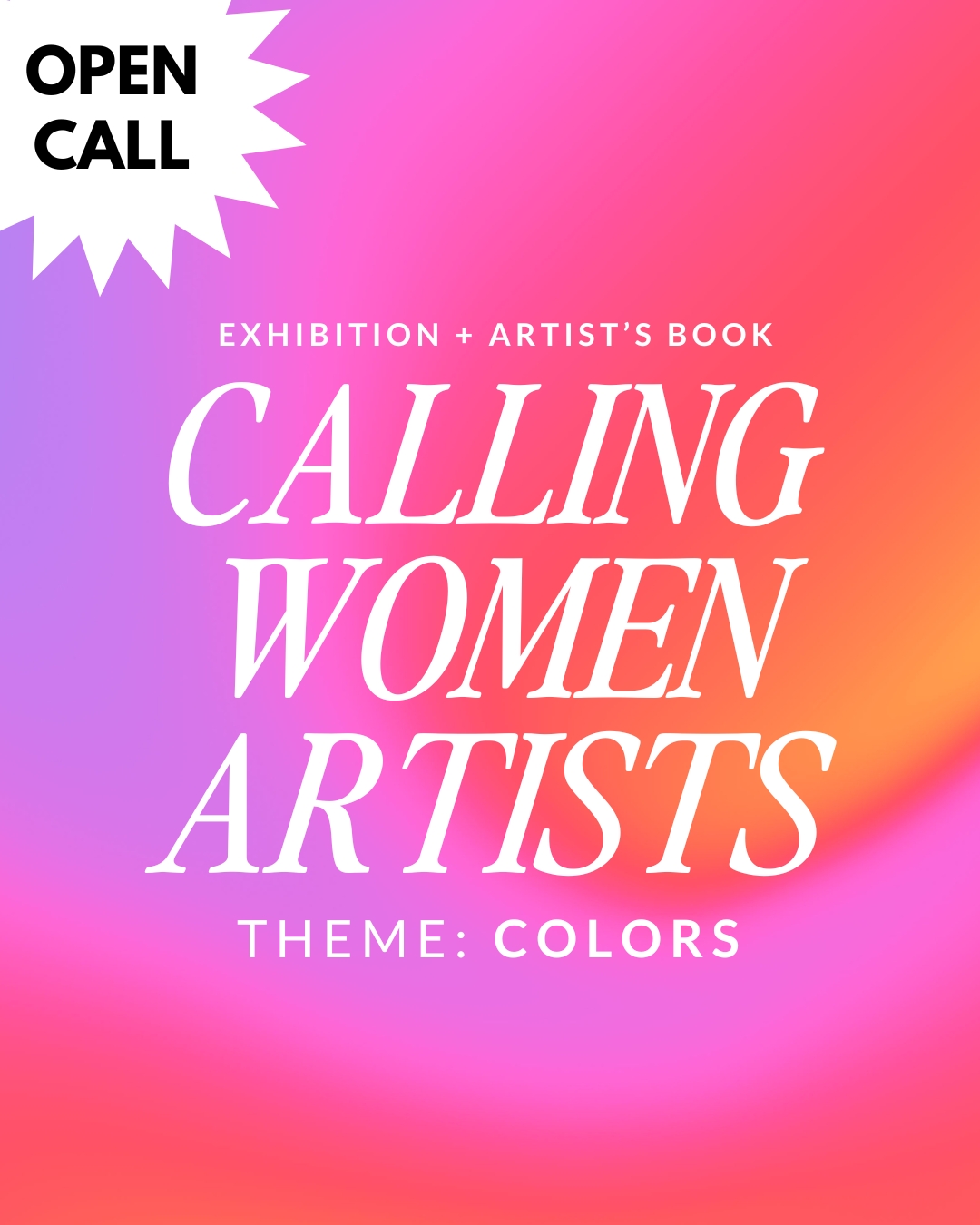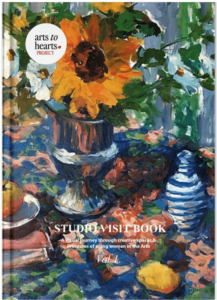
How Can Artists Create a Thriving Career? w/ Pennylane Shen- Artist Consultant.


Do you want to know How Can Artists Create Thriving Careers? Then you have come to the right place.
Pennylane Shen is an artist consultant, curator and educator. Since 2006, her company Dazed and Confucius has offered one-on-one consultations to over 1000 artists each year in addition to business development seminars to audiences worldwide.

Pennylane holds a Master’s Degree in Visual Culture Theory from New York University and has lectured at various forums throughout North America, the UK and most recently at TedX Victoria. Her publications discuss the politics of representation, race and fine art. For more than a decade, Pennylane has worked in commercial galleries such as the Bau-Xi Gallery, the longest-standing commercial gallery in Canada.
Among her curation and education projects are Creative Mornings Vancouver, the NYC Crit Club, Visionary Art Collective, The I Like Your Work Podcast, Thrive Art Studio, The University of the Arts London and The Vancouver Mural Festival. An avid supporter of art and wellness, she sits on the board for the Vancouver General Hospital and UBC Foundation, collecting notable art pieces for hospital walls.
In Conversation With Pennylane Shen
And in this Podcast episode, we asked her everything about How Can Artists Create a Thriving Career?
So before you start listening to this podcast episode, let me share with you some of the insights of the episode. So keep reading to know what you will learn from this podcast episode.
I’m trying to think of some of the early obstacles that we faced. Um, it was never about, necessarily, generating. As I previously stated, there was a need for an audience. So, um, what about filling those appointment slots? It was never about that, and knock on wood, I’m very grateful that that was the case and still is the case. Um, but you know, there was a very small pool of people that I saw, and I saw them in person. And so I would drive to artists’ studios every day and do them in person. This was not in person, but just where I lived, so, um, funny enough, just seeing people here kept me busy enough.
And, of course, it grew, so I began travelling to other cities to do it, then other countries, and so on, always in person; then we opened our office here in Vancouver, and people stopped coming; I stopped going to them, and they came to me, which wasn’t a big deal.
And that was a big adjustment for people because they didn’t necessarily like it; of course, you’d prefer I go to everyone else. Um, and they were like, “Well, how can you?” You know, how could you possibly see the artwork? And how can we talk about it without seeing it, even though they would have to send in photos? of the work or bring a couple of pieces in, and there are still artists today Um, who are really old school? They’re like, “That’s a hangup for them.”
They, um, prefer that I go to them and see the work, but truly, it was because at that point I had seen thousands and thousands of pieces of artwork and I understood what Acrylics on canvas look—and I understand what you mean by texture and things like that—smooth. So I really didn’t need that strong of a reference point other than photos to be able to understand what was going on.
So having people come to me was an adjustment, but it allowed me to see a lot more people than I used to because I didn’t have to travel between them.
And of course, Zoom and Skype were still in their infancy. This enabled me to communicate with all of our clients around the world. Um. and it really changed things.
But again, people felt strange because they were like, “Oh well, you need to see the artwork in person.” But no, I really don’t.
What do you believe are the major issues? What are the top five things you believe are the most stifling to artist in today’s world?
I won’t talk about the top five issues, but perhaps the top five major tips that I find across the board are as follows:
First– I suppose time is an important factor for any type of artist. with so many of us, artists don’t have enough time to pursue their careers. They have either another part-time or full-time job. They could be a parent or a caretaker of any kind. And they’re just being pulled in different directions.
Your art does demand quite a lot of you, both emotionally and physically, so without that time, it is very difficult to move to that next step; it’s nearly impossible.
Actually, I can only help so much with that, and, you know, we’re talking about tips for making the most of your time. but without that forward momentum. It is one step forward and two steps back, so time is the first 1.
Second– would be research; many artists do not conduct enough research in their work. They don’t expose themselves to enough artwork, even. Not even artwork, but just different types of fine art, from writing, of course, to music and dance. Whatever it may be, other types of creative fine art and just knowing in general where their work sits in the larger canon of art theory is, I feel, a bit of a blind spot for many artists, so exposure and research are the second 1
Third– I would say, “Ah, so this kind of has to do with work ethic and failure, and so artists are very.” Some artists are a little bit too precious with their practice and their work, and there needs to be a level of disability. Yeah, because they need to fail and fail fast, and they need to be able to do studies and understand that some things don’t work. There will be a lot of failures, so there is something about being less precious with the work but also being a little less precious with the failure and understanding that that is part of the journey.
Fourth, I think there’s, of course, the inner critic. What is the point of what I’m doing, and why does this field seem to carry so much more weight than others? I believe there is a much louder inner critic there. Because the work is good, the inner critic is loud, so the louder the critic is, the more you care about what you’re doing, and so, yeah, you know it’s going to happen in many ways.
It’s going to come, but you also have to see it, as you know that this is. because I’m invested in it. You don’t care if you’re not invested in something; you don’t care if it’s working out or not. But if you’re invested in it, you know your judgement about it is slightly higher, but you have to be aware of that. That’s exactly what it is: judgment—flawed judgment—and you have to take it with a grain of salt.
This brings me to my final point: some artists lack critical feedback on their work, even though you know they’re very talented. They’re very much in an isolated practice, sometimes not all of the time, and they don’t have regular feedback on their work, and artists do need that regular feedback on their work as much as working alone, in solitude, and with their heads down and focused is really useful. Um, I think that having feedback and other eyes and ears on the work is invaluable.
How do they advance their careers when they live in a smaller town in a different part of the world and don’t have as many opportunities? What would you suggest for artists to do if they want to become international?
First, I think it’s important to do some research into where they want to be or where they want to show. Um, yes, one might think living in New York might be easier, but it’s also not because there’s also so much competition and so many other people trying to do that. and a lot less space to be able to do that. But if you’re looking like this,
I think you have to define what your goals are, and you know that just levelling up or becoming a famous artist isn’t enough.
That’s not specific enough, and I believe we need to figure out exactly what you want to do if you want to show in a public gallery. And looking at those and applying to those If you want to build community because you are from a small town and don’t think the people in your town can meet your needs, you might want to consider doing a residency somewhere else. a residency that includes a variety of artists If It’s about community.
So really, I think one of the common complaints about living in a small town or in a remote area is that you have to define what it is that you want, and that goal has to be a little bit more specific rather than thinking, “Oh, you know, I’m from a small town and therefore have fewer resources.” Not necessarily, but it is more difficult to get your work to a specific location if you are trying to relocate there. So yeah, absolutely that part. But, um, I think we need to maybe define. Ah. You just need to be a little bit more specific about your goals and figure out what you want to do, and if that’s the case and you want to show up in a very specific place or meet very particular types of people, then it’s about researching where they are and then physically going there.
To Learn About How Can Artists Create a Thriving Career??
LISTEN TO THE PODCAST NOW.
Want to make the most of the show?
CATEGORIES:

















